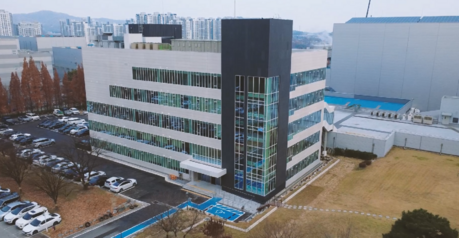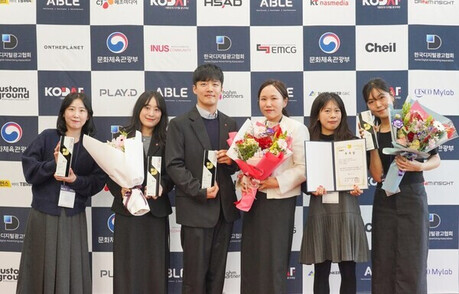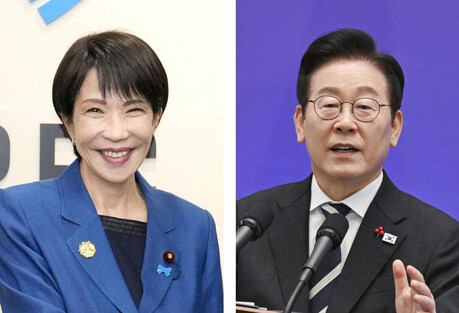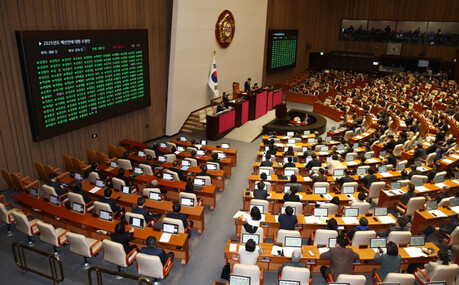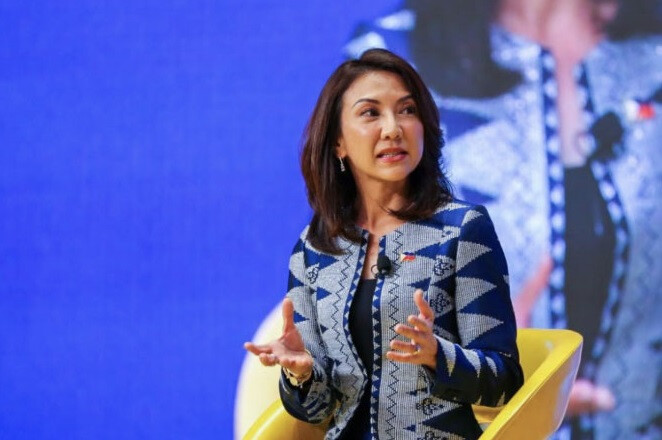
Manila, Philippines – Philippine Tourism Secretary Christina Garcia Frasco has tendered her 'courtesy resignation' on Thursday, May 22, following a directive from the President for a full cabinet reshuffle. This decision has sent ripples through the Philippine tourism industry. Secretary Frasco stated she served at the President's discretion and "supported the administration's call to put the people first." Despite her resignation, the tourism industry has expressed strong support for her dedication and achievements, drawing keen attention to the future direction of Philippine tourism policy and the Secretary's next steps.
Frasco's Resignation Background and Tourism Industry's Response
The resignation comes after Philippine President Ferdinand Marcos Jr. ordered a midterm cabinet reset, requesting courtesy resignations from all cabinet secretaries. In a statement, the President declared, "This is not business as usual. The people expect results and change; they want action, not politics or excuses. We will listen to the voice of the people and act." He emphasized his intent to select individuals who align with the administration's realigned priorities through a performance review.
In her resignation letter, Secretary Frasco highlighted her achievements during her tenure, stating that "under the President's leadership, the tourism sector has significantly contributed to the national economy and provided employment to millions of Filipinos." Indeed, under Secretary Frasco's guidance, the Philippine Department of Tourism (DOT) recorded its highest-ever tourism revenue in 2024, reaching approximately 760 billion Philippine Pesos (around 17.8 trillion Korean Won). This is widely considered a decisive factor in solidifying the tourism industry's position as a core pillar of the Philippine economy. Furthermore, the tourism sector employs 16.4 million people, accounting for a significant portion of the total employment in the Philippines.
Driven by these accomplishments, private sector stakeholders in the Philippine tourism industry have flooded social media with strong messages of support for Secretary Frasco. The Pacific Asia Travel Association (PATA) praised Secretary Frasco as an "exemplary leader who has driven the advancement and resilience of Philippine tourism amidst global challenges." PATA particularly lauded her efforts in nurturing the next generation of tourism professionals, stating, "Secretary Frasco's dedication goes beyond mere promotion. Her programs providing financial support to students pursuing careers in tourism ensure a sustainable future for the industry."
The Philippine Tour Operators Association (PHILTOA) also issued a statement expressing profound gratitude to Secretary Frasco, affirming that "her invaluable support and partnership with PHILTOA were a catalyst for change beyond mere professional collaboration. Together, we have celebrated the spirit of Filipino hospitality and forged a sustainable path to preserve our natural heritage for future generations." The Tourism Industry Board Foundation Inc. (TIBFI) likewise underscored the remarkable growth achieved by Philippine tourism under Secretary Frasco's leadership.
Philippine Tourism: Post-Pandemic Recovery and Future Challenges
Christina Garcia Frasco was appointed Secretary of Tourism in July 2022, upon President Marcos Jr.'s inauguration. As a former mayor of Liloan, Cebu, and a member of a prominent Philippine political family, she garnered expectations for rebuilding the Philippine tourism industry in the post-pandemic era from the outset of her appointment. She particularly showed great interest in strengthening tourism exchanges with Korea, actively working to attract Korean tourists. From January to April 2024, Korean tourists visiting the Philippines increased by 24.41% year-on-year to over 570,000, solidifying Korea's position as the Philippines' largest source of international tourists. Furthermore, the total number of Korean tourists visiting the Philippines in 2024 reached 1.57 million, maintaining Korea's top spot in the inbound market.
During her visit to Korea in May 2024, Secretary Frasco emphasized that "Koreans are the number one tourists in the Philippines," focusing on promoting various Philippine attractions, including diving tourism, to the Korean market. She was also active in leveraging K-Culture for marketing, for instance, appointing Korean actor Seo In-guk as a Philippine tourism ambassador. In October 2024, at the World Travel & Tourism Council (WTTC) Global Summit in Perth, she unveiled the Philippine Gastronomy Tourism Roadmap, outlining a vision to position the Philippines as the 'Heart of Asia's Cuisine.'
The Philippine tourism industry has shown a rapid recovery since the pandemic. While it failed to meet its goal of 7.7 million foreign tourist arrivals in 2024, it attracted 5.4 million foreign tourists, a 9% increase compared to 2023. This represents a 126% recovery compared to pre-pandemic levels in 2019 (600 billion pesos). However, some challenges emerged, such as the failure to achieve the target of attracting over 2 million Chinese tourists due to geopolitical issues like the suspension of electronic visa issuance for Chinese visitors.
Philippine Tourism Policy Enters a New Phase
The President's recent directive is not merely a change in personnel but aims to maximize administrative efficiency through performance and priority realignment. The President emphasized, "This is not about individuals; this is about performance, alignment, and urgency. Those who are performing and will continue to perform will be recognized. But we cannot afford to be complacent. The era of complacency is over."
Currently, Secretary Frasco's courtesy resignation is on the President's desk. She will continue to lead the DOT until the President officially accepts it or decides to maintain the status quo. This cabinet reshuffle is interpreted as a signal that the Philippine government is entering a new phase—one that is sharper, faster, and fully focused on the most urgent needs of its people.
Secretary Frasco's resignation, despite her outstanding achievements, suggests that Philippine tourism policy is entering a new phase. It remains to be seen whether the Philippine tourism industry will maintain its current growth trajectory and in which direction it will evolve.
[Copyright (c) Global Economic Times. All Rights Reserved.]
















